|
||
      |
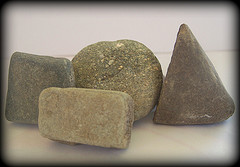
• Section 1.1 Fractions and Decimals
• Section 1.2 Irrational and Rational Numbers
• Section 1.3 Prime Factorization
• Section 1.4 Square Roots and Mixed Radicals
• Section 1.5 Divisibility Rules
• Ch1 In Class Notes (ONE NOTE)
• 1.1
• 1.2
• 1.3
• 1.4
• 1.5
In this section, students will learn to:
• Display an understanding of Rational and Irrational Numbers
• Convert Mixed Radicals and Complete Radicals
• Click for Homework

Math 9 Honours Chapter 2:
• Section 2.1 Solving For Exponents
• Section 2.2 Zero and Negative Exponents
• Section 2.3 Fractional Exponents
• Section 2.4 Scientific Notations
• Section 2.5 Operations with Radicals
• Section 2.6 Rationalizing Radicals
• Section 2.7 Number of Factors and Decimal Representation
• Chapter 2 Review
• Ch2 In Class Notes (ONE NOTE)
• 2.1
• 2.2
• 2.3
• 2.4
• 2.5
• 2.6
• 2.7
• Rev.
In this section, students will learn to:
• Compare rational numbers with different values
• Evaluate the square root of rational numbers that are perfect squares
• Approximate the Square root of rational numbers that are not perfect squares
• Solve problems involving rational numbers
• Click for Homework
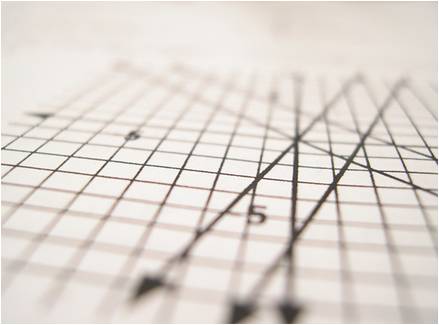
• Section 3.1 Generating TOV's and Linear Functions
• Section 3.2 Slopes and Lengths of Line Segments
• Section 3.3 Graphing Linear Functions
• Section 3.4 Slopes and Parallel and Perpendicular Lines
• Section 3.5 Intersecting Lines
• Section 3.6 Problems Involving Linear Systems
• Section 3.7 Shoe Lace Method
• Chapter 3 Review
• Ch3 In Class Notes (ONE NOTE)
• 3.1
• 3.2
• 3.3
• 3.4
• 3.5
• 3.6
• 3.7
• Rev.
Linear Relations
In this chapter, students will learn:
• to create a Table of Values for a linear function
• to graph lines using slopes and y-intercepts
• to recognize equations for parallel and perpendicular lines
• to algebraically find the intersection between two lines
• Click for Homework
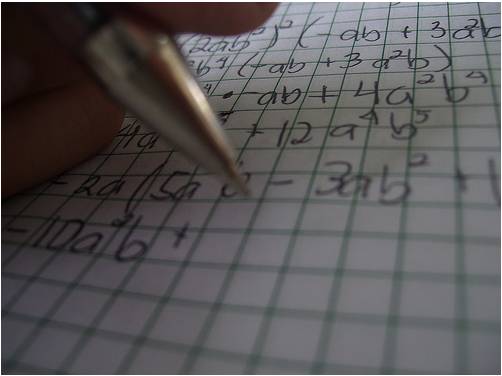
• Section 4.1 Multiplying & Dividing Polynomials
• Section 4.2 Expanding Binomials with Pascal's Triangle
• Section 4.3 Dividing and Factoring Polynomials
• Section 4.4 Factoring and Solving Trinomials
• Section 4.5 Solving Difference of Squares and Powers
• Section 4.6 Completing the Square
• Section 4.7 Quadratic Formula
• The Rock Problem
• Section 4.8 Long Division
• Chapter 4 Review
• Ch4 Review #1 Polynomials
• Ch4 In Class Notes (ONE NOTE)
• 4.1
• 4.2
• 4.3
• 4.4
• 4.5
• 4.6
• 4.7
• 4.8
• Rev1
• Rev.
Polynomials
This is a difficult and exciting chapter for most grade 9 honours students. Initially, students will learn basic computations with polynomial expressions like adding, subtracting, multiplying, and dividing polynomials. Later, we eventually explore complex methods of factoring and solving trinomials and polynomials with more than 3 terms. These methods include facctoring a difference of squares, difference of powers, completing the square, quadratic formula, and long division.
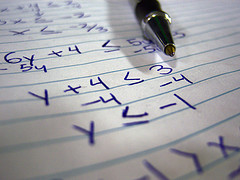
• Section 5.1 Basic Inequalities and Equations
• Section 5.1b The Piano Method
• Section 5.2 Graphing Linear Inequalities
• Section 5.3 Graphing Systems of Linear Inequalities
• Section 5.4 Solving Systems with Three Variables
• Section 5.5 Solving Inequalities with Trinomials
• Chapter 5 Review
• Ch5 In Class Notes (ONE NOTE)
• 5.1
• 5.2
• 5.3
• 5.4
• 5.5
• Rev.
Linear Inequalities
In this chapter, students will learn:
• to graph a linear inequality on a number line
• to graph linear systems on a coordinate plane with two or more lines
• to model and solve real life scenarios using systems of inequalities
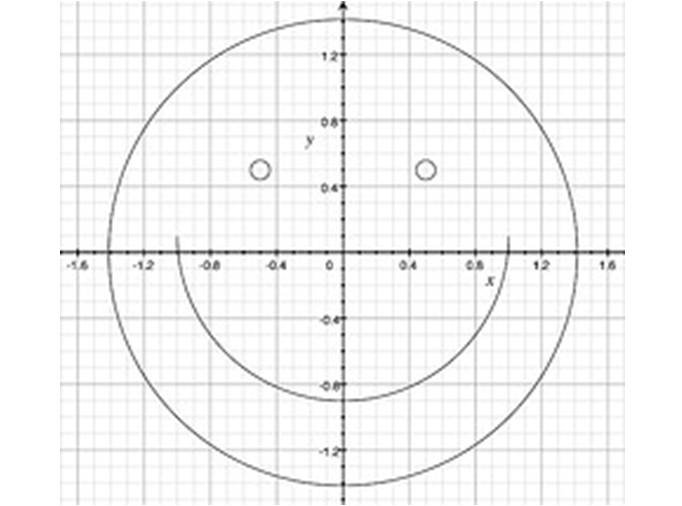
• Section 6.1 Basic Trigonometry
• Section 6.2 Solving Trigonometric Problems
• Section 6.3 Special Triangles
• Section 6.4 Sine Law
• Section 6.4b Ambiguous Case of Sine Law
• Section 6.5 Cosine Law
• Section 6.6 Trigonometry with Unit Circles
• Section 6.7 Sum and Difference Identities
• Ch6 Trigonometry Review
• 6.1
• 6.2
• 6.3
• 6.4
• 6.4b
• 6.5
• 6.6
• 6.7
• C6R
In this chapter, students will learn:
• to understand the applications and purposes of trigonometry
• to draw connections between the ratios of the sides in a triangle with the degrees of its interior angles
• to apply the cosine and sine law to solve for each side and angle of any triangle
• Click for Homework

Math 9 Honours Chapter 7:
• Section 7a Angles and Paralell Lines
• Section 7.1 Inscribed and Central Angles
• Section 7.2 Tangent Properties to a Circle
• Section 7.3 Chord Properties
• Section 7.4 Cyclic Quadrilaterals
• Section 7.5 Intersecting Chords
• Section 7.6 Geometric Proofs
• Section 7.7 Incenter, Circumcenter, Orthocenter
• Chapter 7 Review
• Ch7 In Class Notes (ONE NOTE)
• 7a
• 7.1
• 7.2
• 7.3
• 7.4
• 7.5
• 7.6
• 7.7
• Rev.
In this chapter, students will learn:
• to about the properties of chords and angles in a circle
• about the properties of a cyclic quadrilateral
• to prove a theorem by using properties of circle geometry
• Click for Homework

• Section 8.1 Introduction to Non-Linear Functions
• Section 8.2 Function Notations
• Section 8.3 Domain and Range
• Ch8 In Class Notes (ONE NOTE)
• 8.1
• 8.2
• 8.3
Functions
In this chapter, students will learn:
• to draw connections between the image of a
non-linear function and it's equation
• to simplify functions notations
• to find the domain and range for a function
• Click for Homework
